I remember when the Hubble was launched in 1990, and it was...a disappointment of sorts. There was a
defect in it's primary telescope mirror, that was repaired on a later shuttle mission, in December 1993. However, even with the defect, the images of the universe were astonishing compared to other ground based telescopes.
 |
| The left image of spiral galaxy M100 is a view from Hubble's original WFPC-1 camera in wide-field mode on Nov. 27, 1993, just a few days prior to the STS-61 servicing mission. The effects of optical aberration in Hubble's 8-foot primary mirror blur starlight, smear out fine detail, and limit the telescope's ability to see faint structures.The newer image demonstrated that the corrective optics compensated fully for the aberration in Hubble's primary mirror, allowing the telescope for the first time to cleanly resolve faint structures as small as 30 light-years across in a galaxy tens of millions of light-years away. CREDIT: NASA |
|
|
Well, Hubble is getting old, but is still functional for the time being. How long will it last is an open question,
Voyager 1 and 2 have stretched outside of the solar system and are still sending faint messages. With Hubble in orbit, it's conceivable it can be upgraded at a later date.
But from this morning's
Aviation Week, "
Hubble Space Telescope - Highlights Over The Years." He's to another 30 at least.
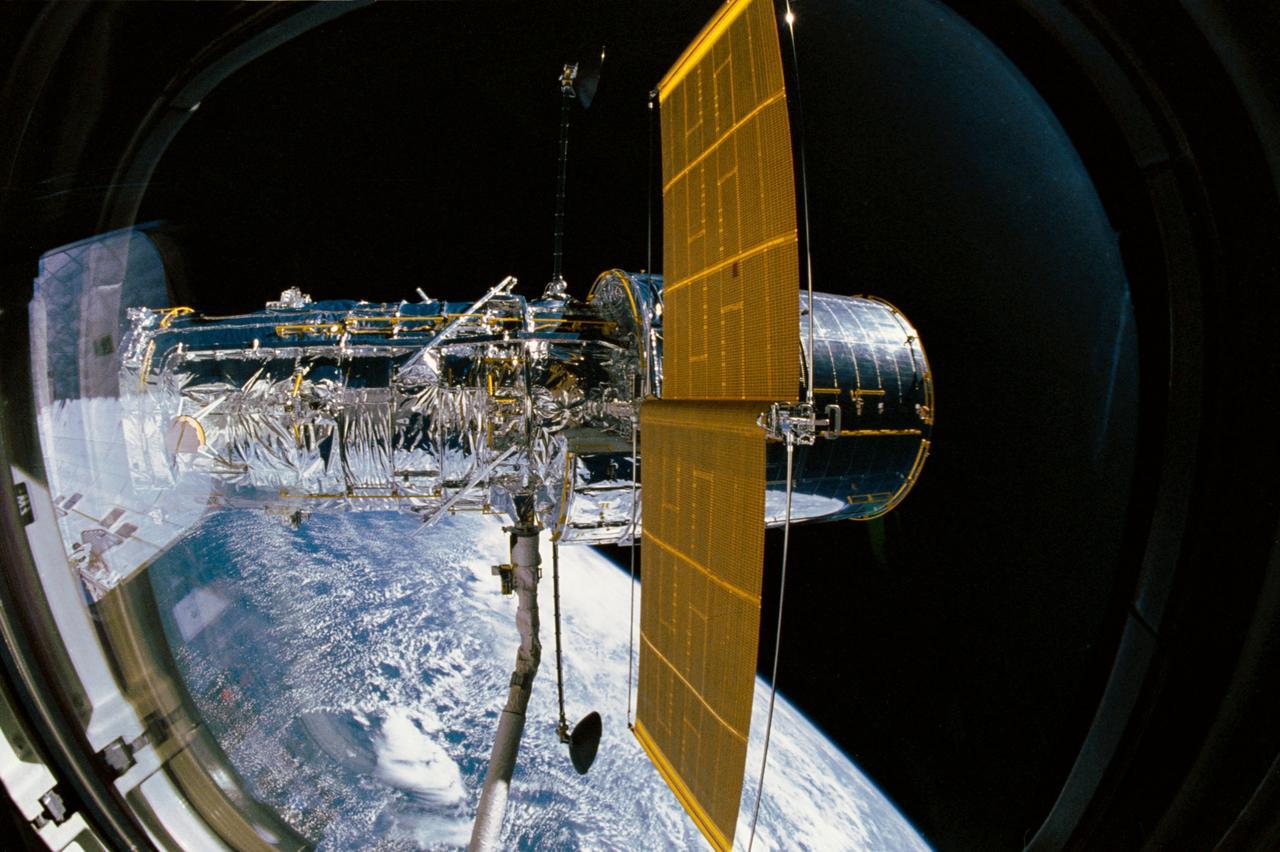 |
| Hubble deployment from Discovery |
 |
| Tasking and control of the Hubble |
 |
| Carina Nebula Mystic Mountain |
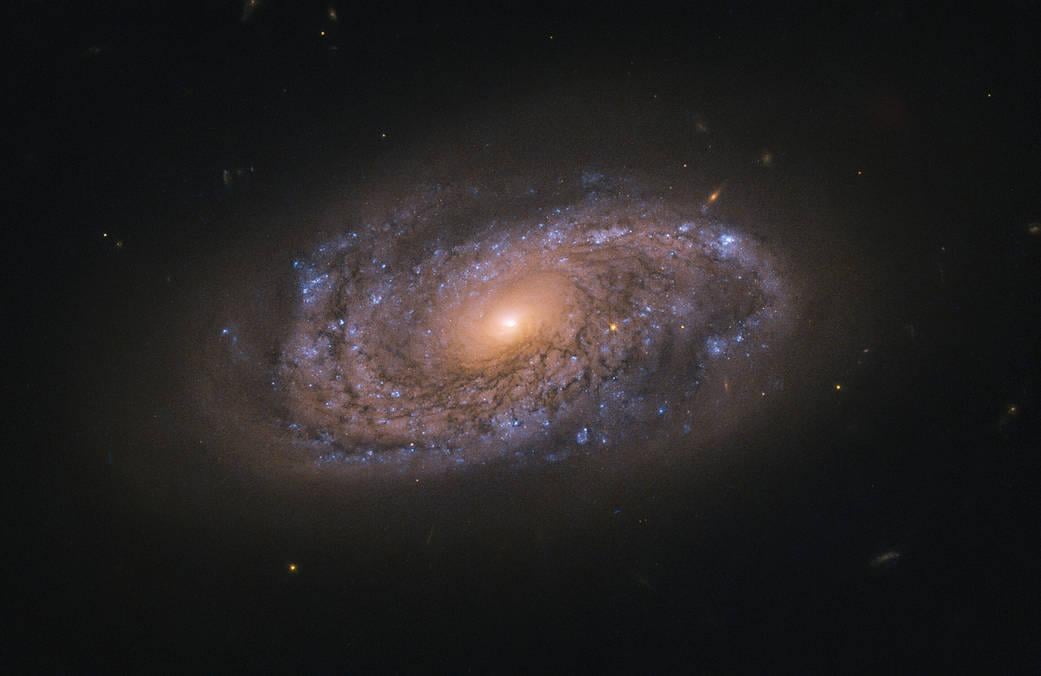 |
| Galaxy NGC 2906 |
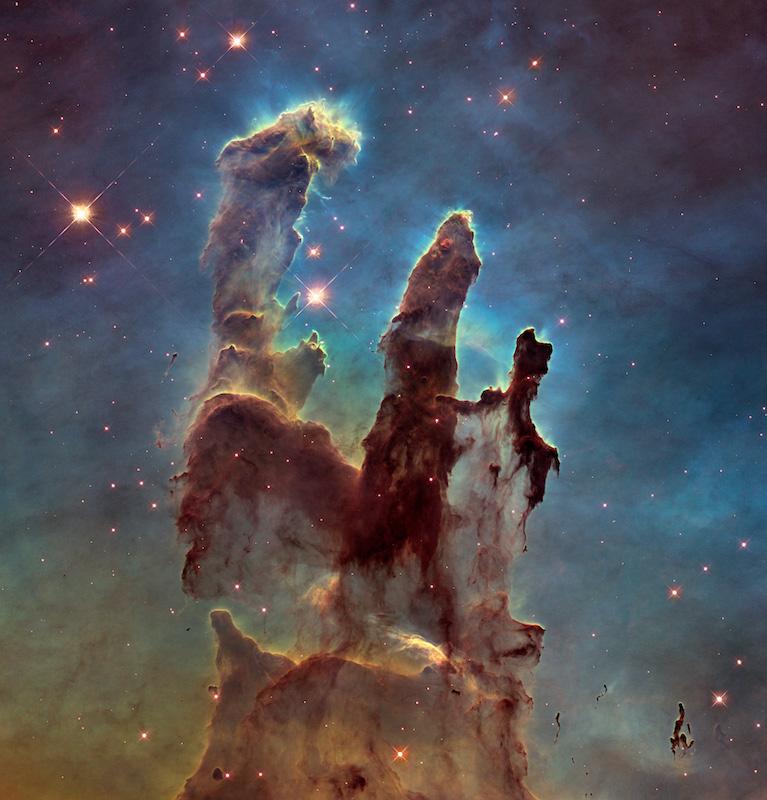 |
| Eagle's Nebula Pillars of Creation |
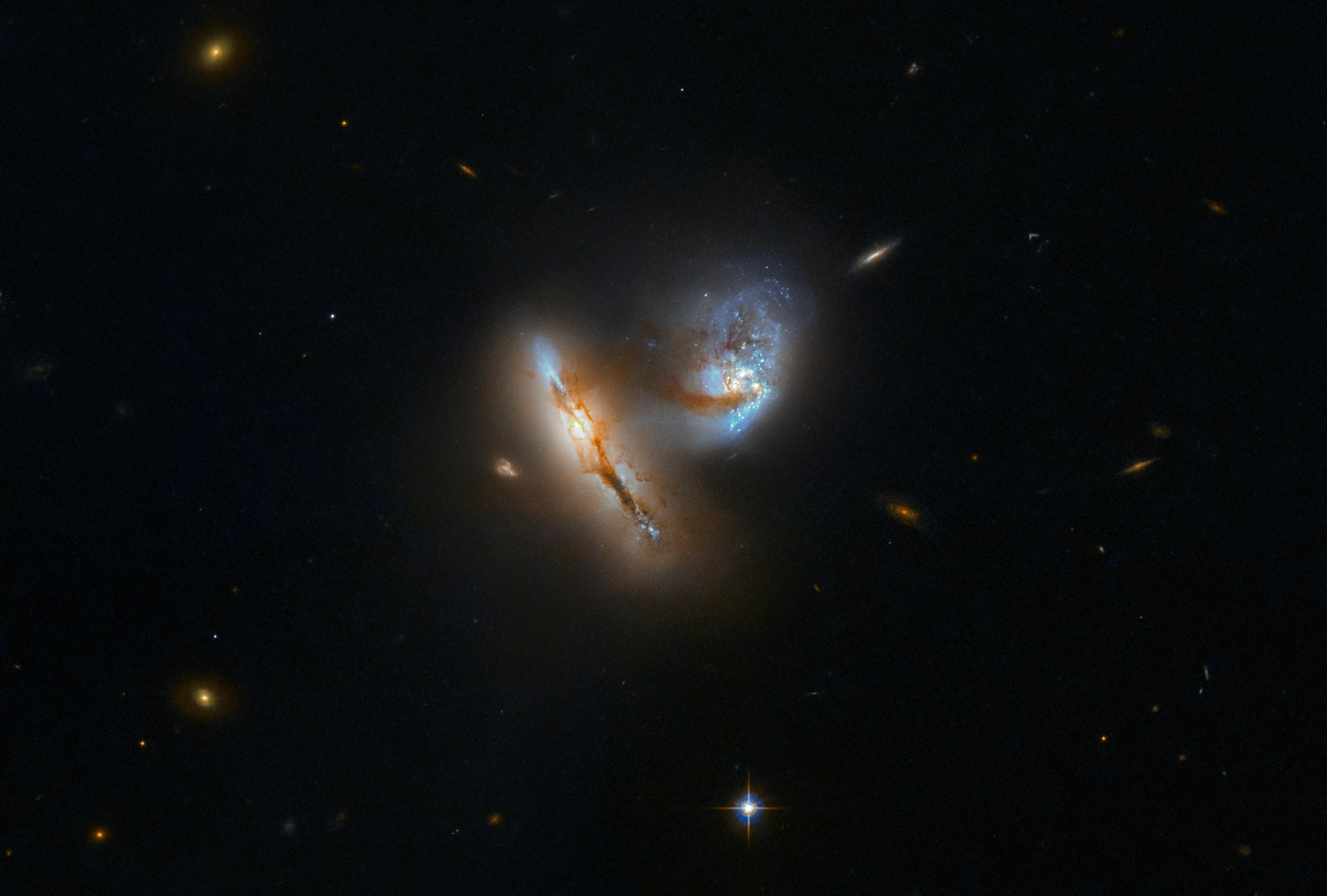 |
| Galaxy UGC-2369 |
 |
| Jupiter and it's Red Spot |
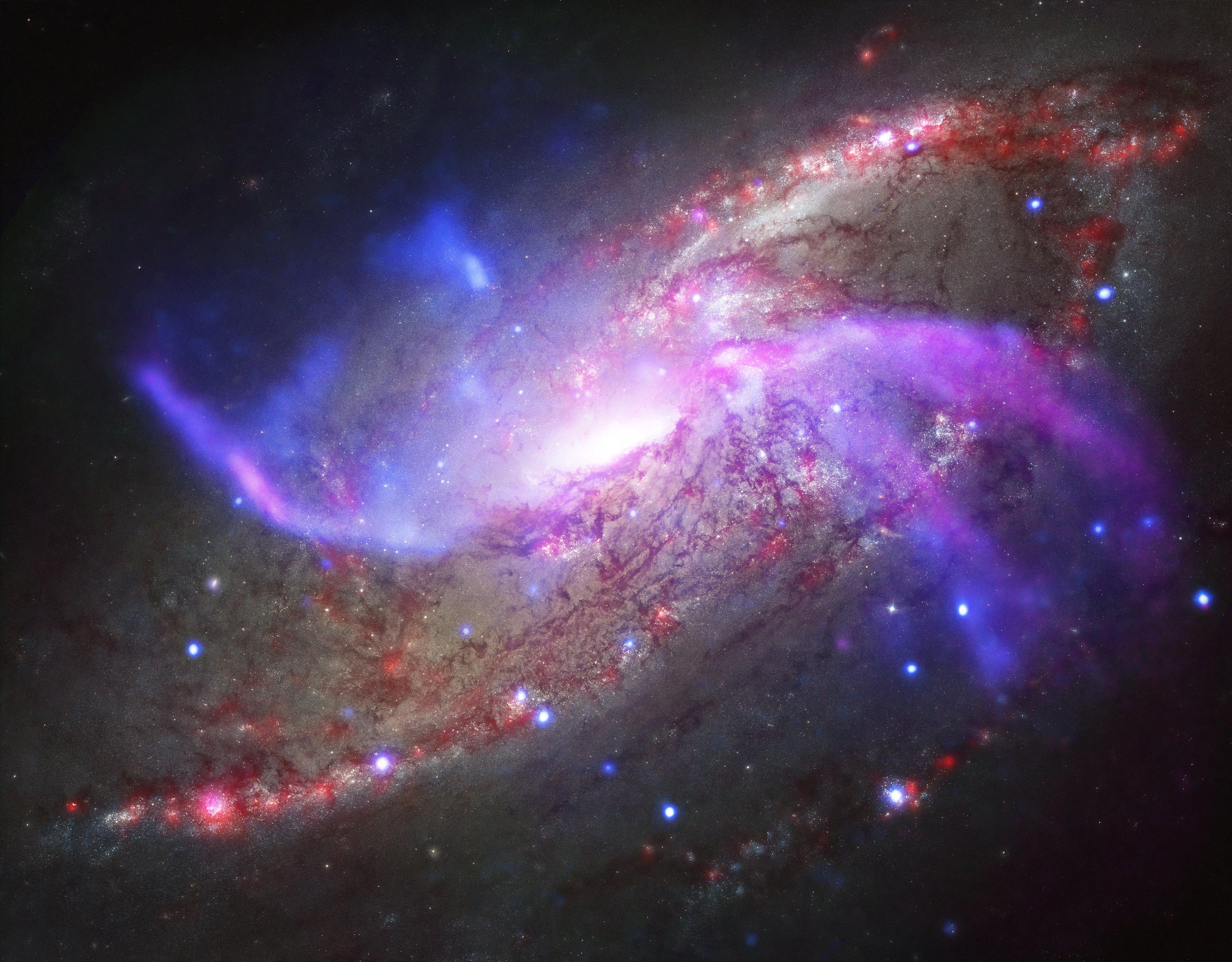 |
| Galaxy NGC-4258 |
 |
| Planetary Nebula-2022 |
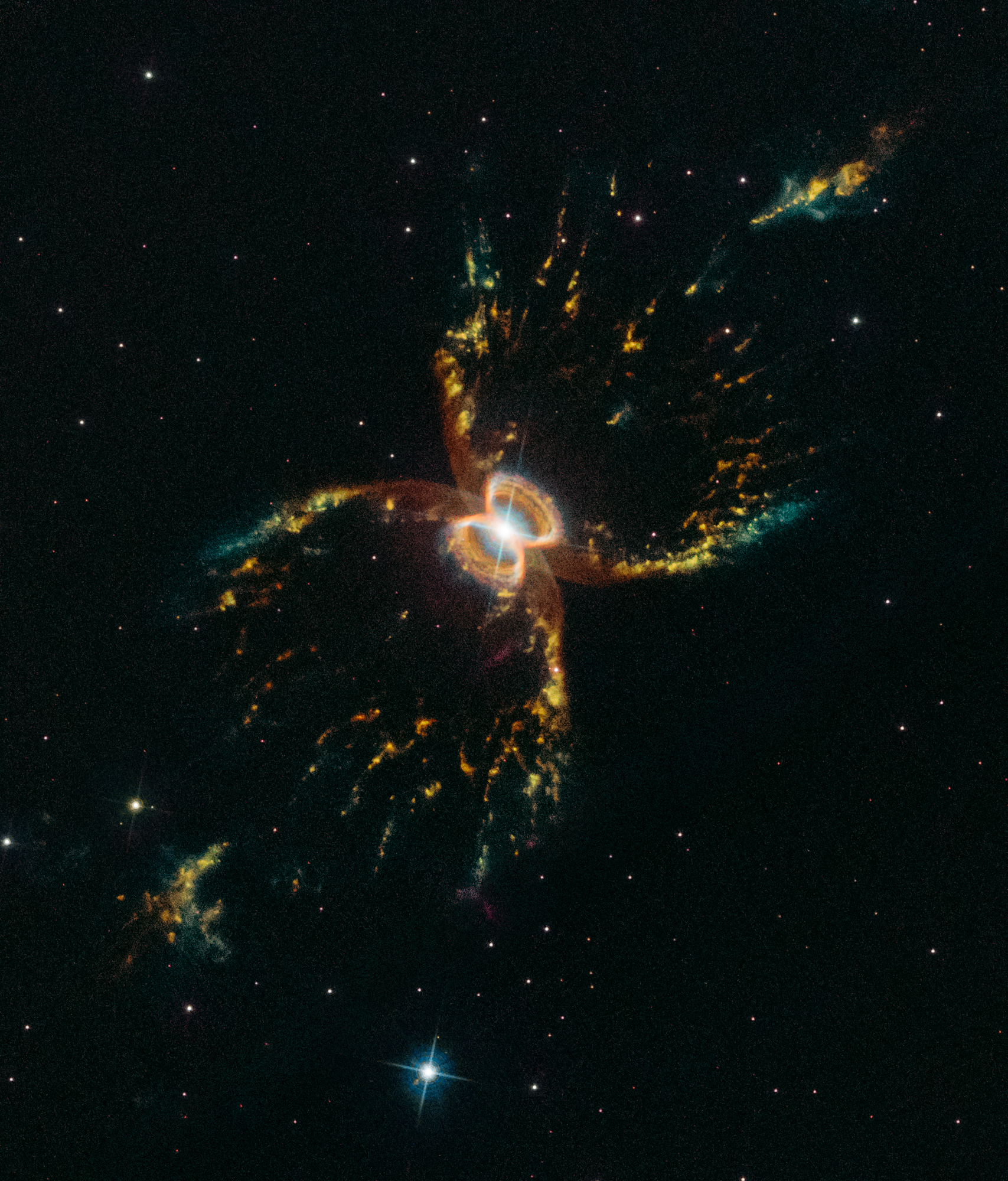 |
| Nebula Hen-204, aka The Southern Crab Nebula |











No comments:
Post a Comment